19 pages • 38 minutes read
Claude McKayThe Harlem Dancer
Fiction | Poem | Adult | Published in 1917A modern alternative to SparkNotes and CliffsNotes, SuperSummary offers high-quality Study Guides with detailed chapter summaries and analysis of major themes, characters, and more.
Background
Cultural & Literary Context: The Harlem Renaissance
In the decades following the American Civil War, large numbers of African Americans moved from the South to the North—a period known as The Great Migration—due to promises of financial stability and to escape Jim Crow legislation in the South. There was also Black immigration from the Caribbean and Europe. By the 1910s, the Harlem neighborhood in New York City became the focus of Black culture, a home to intellectuals, advocates, writers, musicians, artists, and actors. The community’s revival was known at the time as the “New Negro Movement” and later, the “Harlem Renaissance.” A Jamaican immigrant, McKay became a key figure in the Harlem Renaissance with the publication in 1919 of “If We Must Die,” a poem of protest over the racial violence that swept the United States that year. Its plea for resilience resonated with many young Black writers including Langston Hughes, Countee Cullen, James Weldon Johnson, and others. While McKay was a touchstone for realistic depictions and gritty exposure for some, others were highly critical of his work. W. E. B. Du Bois disparaged McKay’s work for dwelling too much on the unsavory. Today, contemporary poets like Jericho Brown have renewed the reading public's appreciation for McKay’s ability to “show Black people (including himself) as they are and not as propaganda would characterize them for the sake of acceptance by white people” (Brown, Jericho.
Related Titles
By Claude McKay
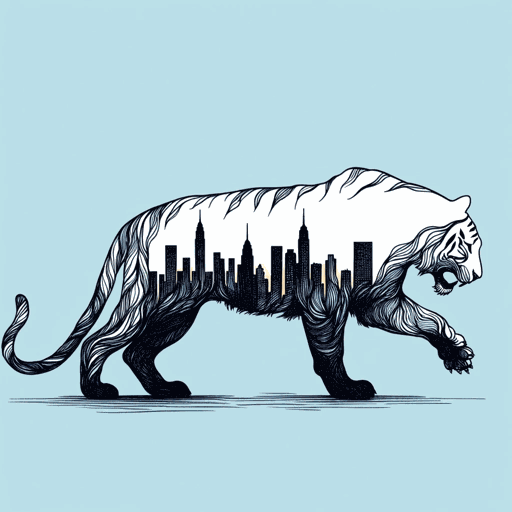
America
Claude McKay
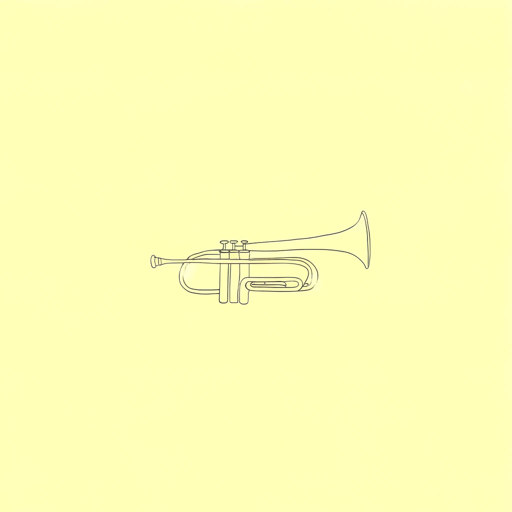
Home To Harlem
Claude McKay

If We Must Die
Claude McKay
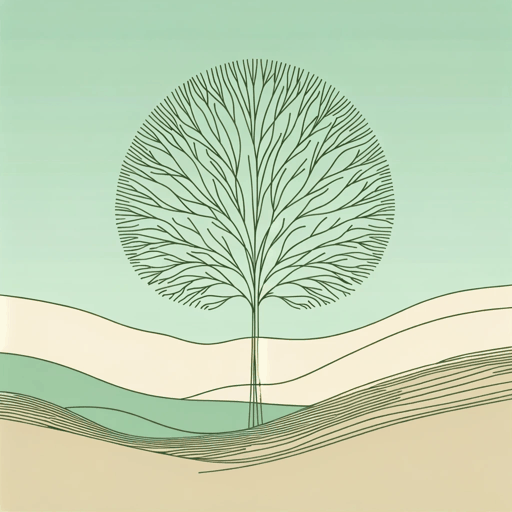
Joy in the Woods
Claude McKay

The Lynching
Claude McKay
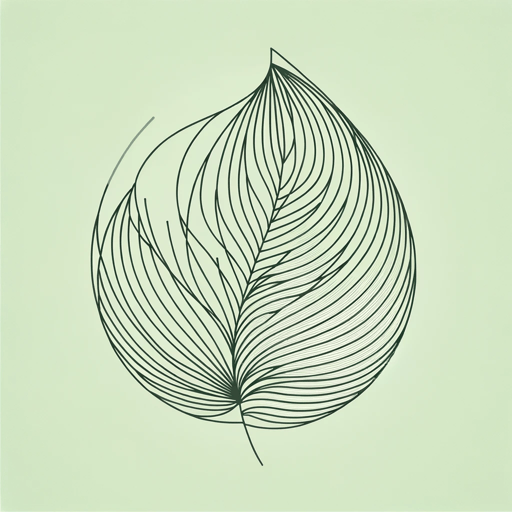
The Tropics in New York
Claude McKay
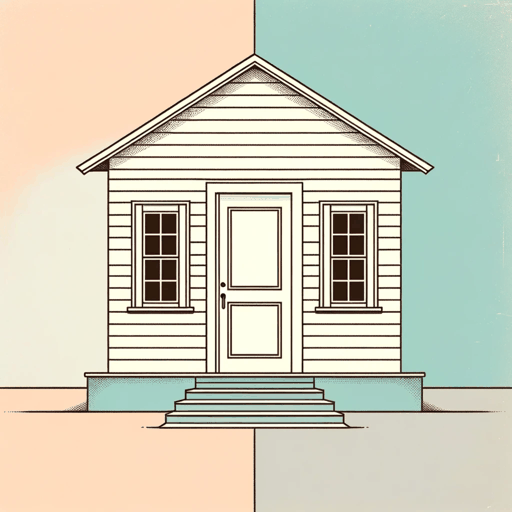
The White House
Claude McKay
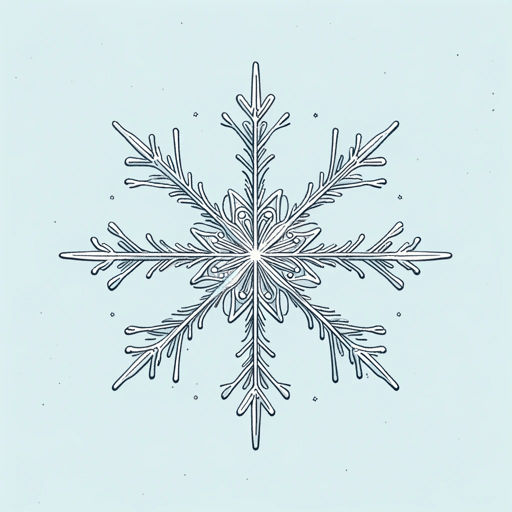
To One Coming North
Claude McKay
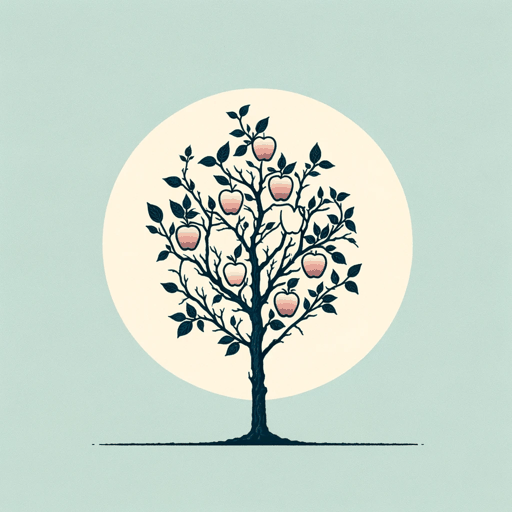
When Dawn Comes to the City
Claude McKay

